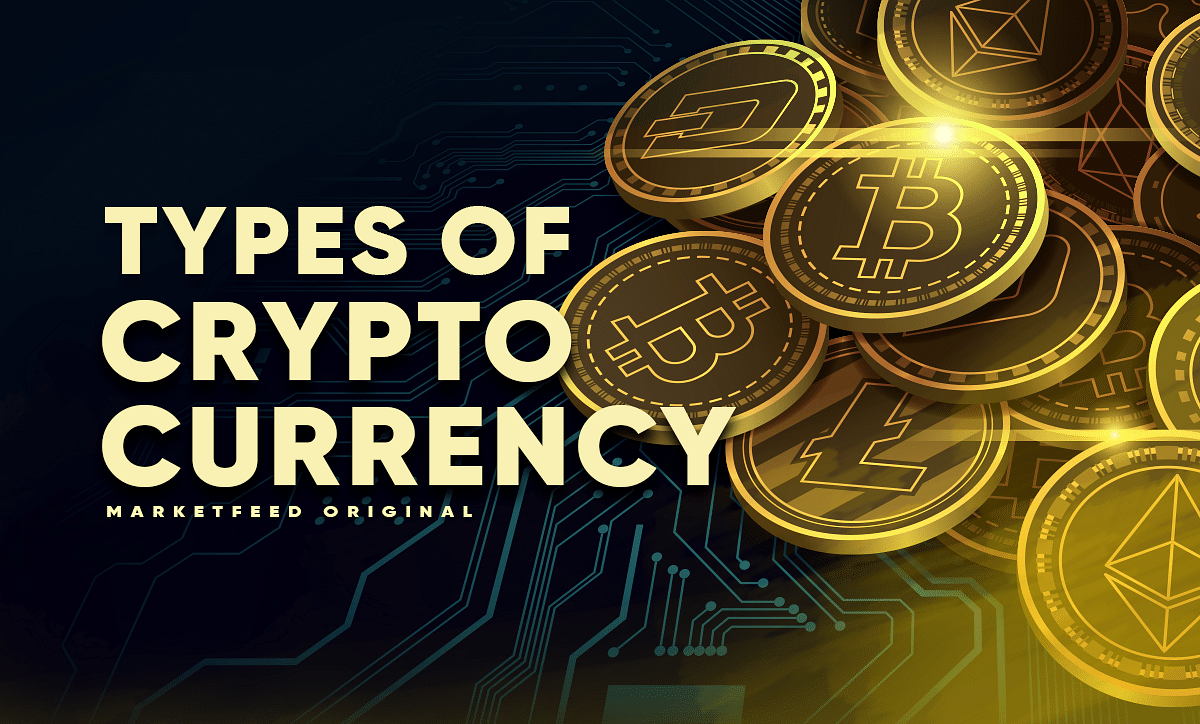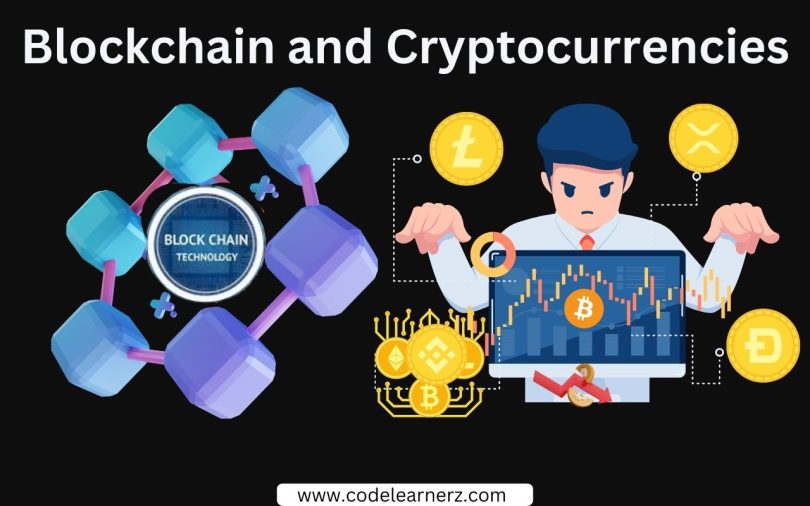
Default
why do all cryptocurrencies rise and fall together
Why do all cryptocurrencies rise and fall together
The purpose for a given platform also plays a role in whether or not it is a true cryptocurrency. Take Ethereum, for example. The coin we normally refer to as Ethereum really isn’t Ethereum at all https://alicanteweb.org/review/ignition/. Rather, it is simply Ether. There is actually a big difference between the two.
That’s why here at Masterworks, we make it easy to identify key details of an investment. We do the legwork for you (with some help from our expert research partners at Citi Bank and Bank of America) and then we make it possible to purchase shares in securitized multi-million-dollar artwork with all the information you need to make an informed decision. Ready to get started? Fill out your membership application today to learn more.
Most people are not aware that there is a difference between digital, virtual, and cryptocurrencies, but they are strongly related, and it’s not a huge mistake when we mix them up. But, here we are to explain it. Digital currencies are the main group that contains all the electronic money, including the virtual and crypto ones. Virtual money is strictly digital, they aren’t controlled by any bank, and they exist in some virtual spaces, and can be used there. Sometimes, they can be exchanged for traditional money, depending on the purpose and the background. But, what makes the cryptocurrencies different? They are both digital and virtual, but they are backed up by cryptography. In order to access them, you need to either invest in the blockchain system and solve advanced cryptography tasks or join some trading community, and buy or exchange them from the people who already mined their money, and they are ready to sell them for cash. Interested?
We have seen other blockchain projects in the past that have issued tokens that are of no value outside of those projects. If you are a big fan of online role-playing games, you have probably encountered such systems before. You acquire tokens for use in the games you play. Those same tokens are absolutely worthless outside of the gaming environment.

Are all cryptocurrencies based on blockchain
IOTA replaced the traditional blockchain-based distributed ledger with a so-called directed acyclic graph (DAG). The IOTA protocol operates with a DAG-based consensus algorithm which the IOTA team have termed Tangle. Though still in development, Tangle is eventually intended to work as a distributed ledger similar to blockchains, but with a unique twist. A trader who makes a transaction must confirm two random previous transactions. Each of these two will have validated two other transactions before, and so on. The end result is not that transactions are grouped into blocks and stored in a blockchain. Rather, it is a stream of individual transactions entangled together.
With many practical applications for the technology already being implemented and explored, blockchain is finally making a name for itself in no small part because of Bitcoin and cryptocurrency. As a buzzword on the tongue of every investor across the globe, blockchain stands to make business and government operations more accurate, efficient, secure, and cheap, with fewer intermediaries.
Why do this? The food industry has seen countless outbreaks of E. coli, salmonella, and listeria; in some cases, hazardous materials were accidentally introduced to foods. In the past, it has taken weeks to find the source of these outbreaks or the cause of sickness from what people are eating.

IOTA replaced the traditional blockchain-based distributed ledger with a so-called directed acyclic graph (DAG). The IOTA protocol operates with a DAG-based consensus algorithm which the IOTA team have termed Tangle. Though still in development, Tangle is eventually intended to work as a distributed ledger similar to blockchains, but with a unique twist. A trader who makes a transaction must confirm two random previous transactions. Each of these two will have validated two other transactions before, and so on. The end result is not that transactions are grouped into blocks and stored in a blockchain. Rather, it is a stream of individual transactions entangled together.
With many practical applications for the technology already being implemented and explored, blockchain is finally making a name for itself in no small part because of Bitcoin and cryptocurrency. As a buzzword on the tongue of every investor across the globe, blockchain stands to make business and government operations more accurate, efficient, secure, and cheap, with fewer intermediaries.
Do all cryptocurrencies use blockchain
Perhaps the most profound facet of blockchain and cryptocurrency is the ability for anyone, regardless of ethnicity, gender, location, or cultural background, to use it. According to The World Bank, an estimated 1.4 billion adults do not have bank accounts or any means of storing their money or wealth. Moreover, nearly all of these individuals live in developing countries where the economy is in its infancy and entirely dependent on cash.
Cryptocurrencies and blockchain technology are often regarded as the same thing. This makes it seem like a cryptocurrency cannot exist without an underlying blockchain technology. But is this really the case?
Once a block is closed, a transaction is complete. However, the block is not considered confirmed until five other blocks have been validated. Confirmation takes the network about one hour to complete because it averages just under 10 minutes per block (the first block with your transaction and five following blocks multiplied by 10 equals 60 minutes).
Blockchain forms the bedrock for cryptocurrencies like Bitcoin. This design also allows for easier cross-border transactions because it bypasses currency restrictions, instabilities, or lack of infrastructure by using a distributed network that can reach anyone with an internet connection.


